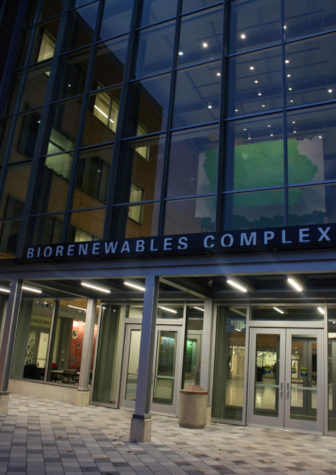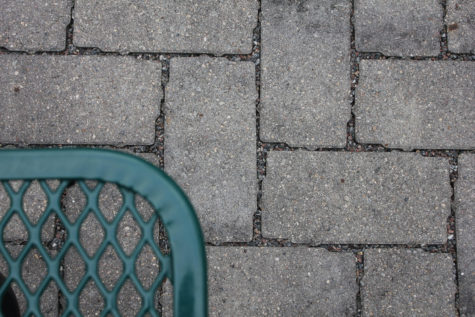Students and faculty compare buildings for energy efficienty
September 28, 2012
The U.S. Green Building Council is a nonprofit organization that promotes awareness of the need for environmentally-friendly and energy-efficient buildings across the United States. Through the Green Building Council, the “Research to Practice Program” was launched in the fall of 2012. This program is a sustainable project focused on educating students and faculty members of higher-level education communities about the importance of designing and implementing more energy-efficient projects on campus.
More than 35 colleges and universities throughout the United States and across the globe are active in this research project, with Iowa State among them. A select group of students and staff from each school took time to research several topics pertaining to making buildings more efficient on campus. Some topics include: electricity and energy use, water management, and ventilation. Iowa State’s team consists of 15 undergraduate members, ranging in majors from architecture to engineering, and several faculty advisers and members.
For the first phase of the project, the ISU team analyzed three research buildings on campus — Hach Hall, Molecular Biology Building and Gilman Hall. Molecular Biology and Gilman, both older buildings, were compared to Hach Hall, which is a newer construction and certified with Leadership in Energy and Environment Design. The analysis considered lighting, plugs and outlets, mechanics, and “building envelope,” or outside structure.
The team determined updated lighting would have the most impact with the lowest expenses. The light bulbs used in Molecular Biology and Gilman are T12 light bulbs, which have low energy efficiency. The replacements will be T8 bulbs, which are 20 percent more efficient than the T12 bulbs and, in the long run, will save money on energy use.
In addition to lighting, equipment age is also crucial to determining the amount of energy usage and cost per year. The team determined if more simple equipment around labs and research facilities were replaced, a substantial amount of money spent on energy cost would be saved each year.
Kerry Dixon-Fox, an architect with ISU Facilities Planning and Management, oversees what the students do and helps with the planning and coordination as well. Dixon-Fox believes this program is extremely beneficial not only to the universities involved but to the future of all universities impacted by the Research to Practice Program.
“The students are getting hands-on experience in what they have learned in operation,” Dixon-Fox said. “Decisions made on paper have huge impact on the life of a building.”
The next step for this program is Phase II, which will involve creating manuals based on the analyzed research. These manuals will be used as a tool when remodeling campus buildings for energy efficiency and environmental health.









